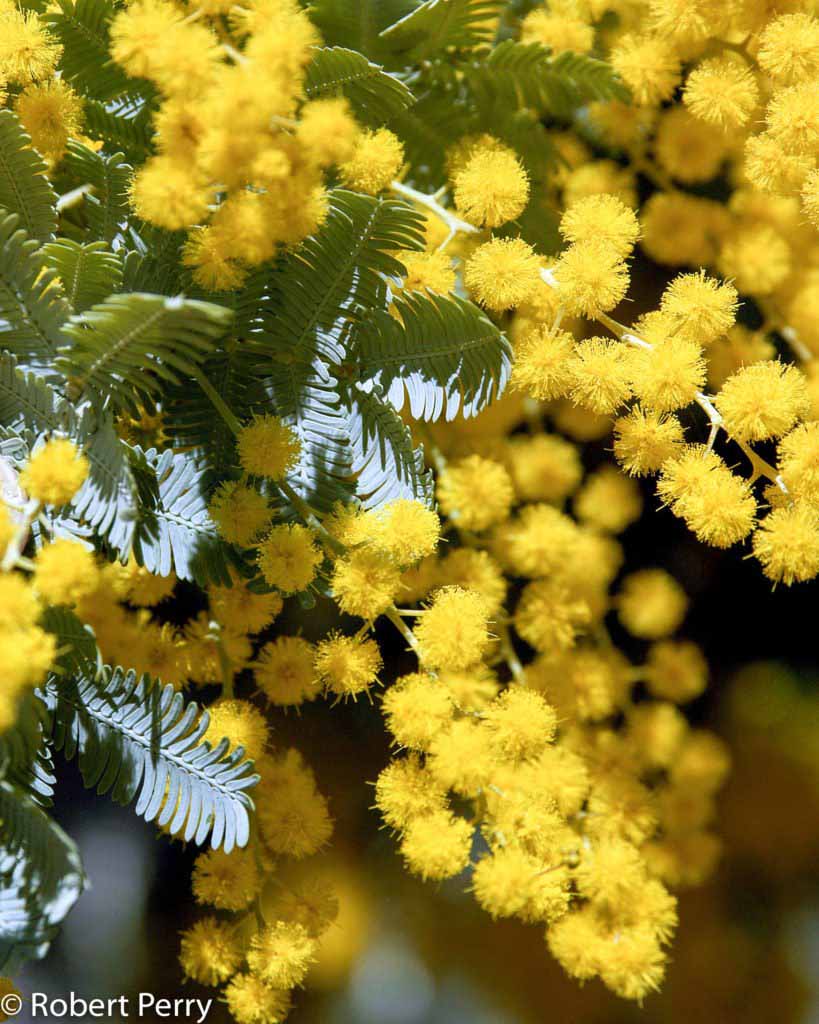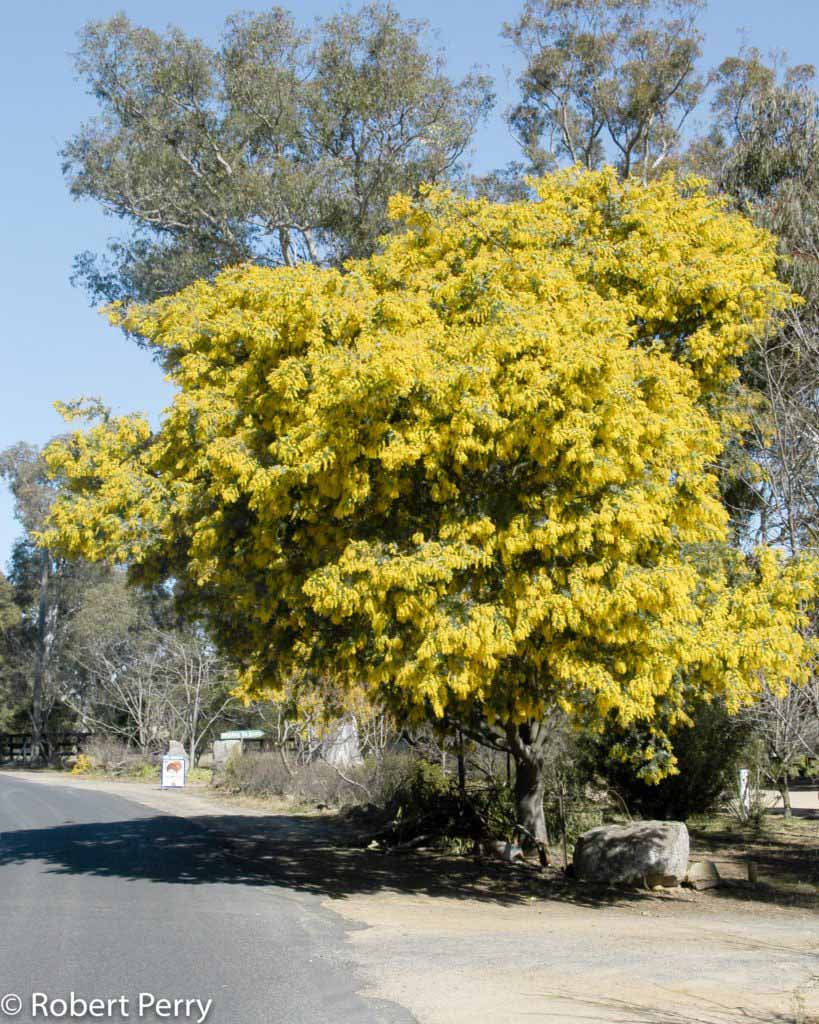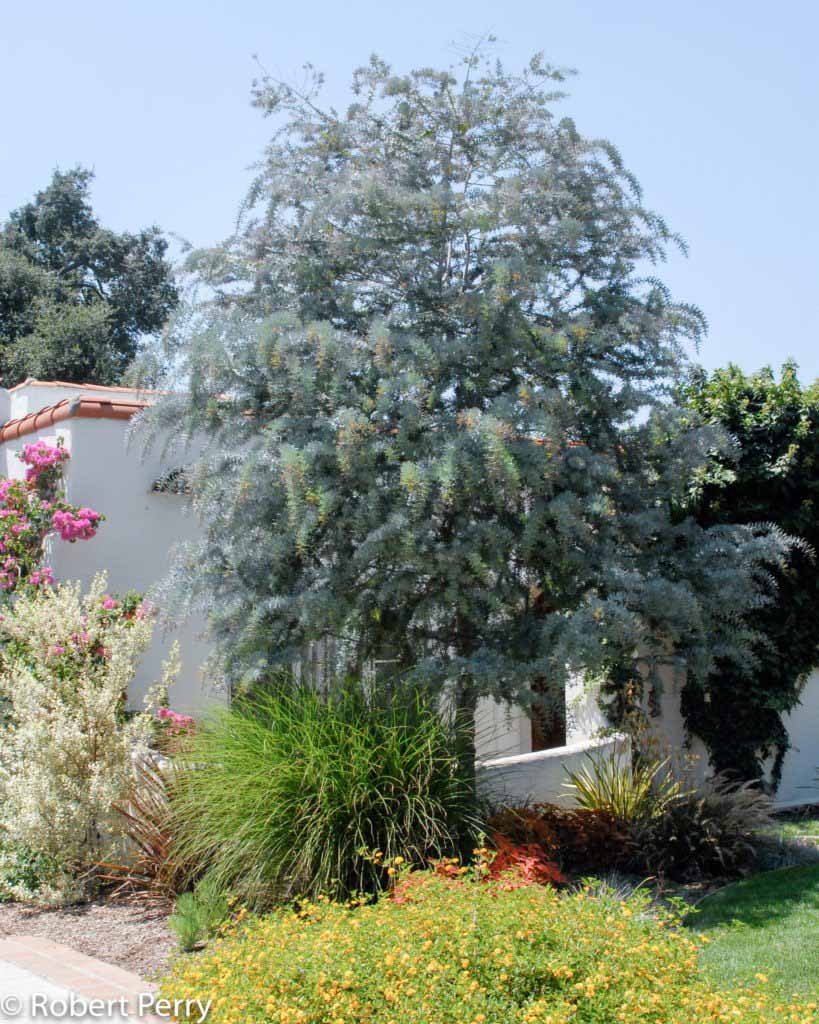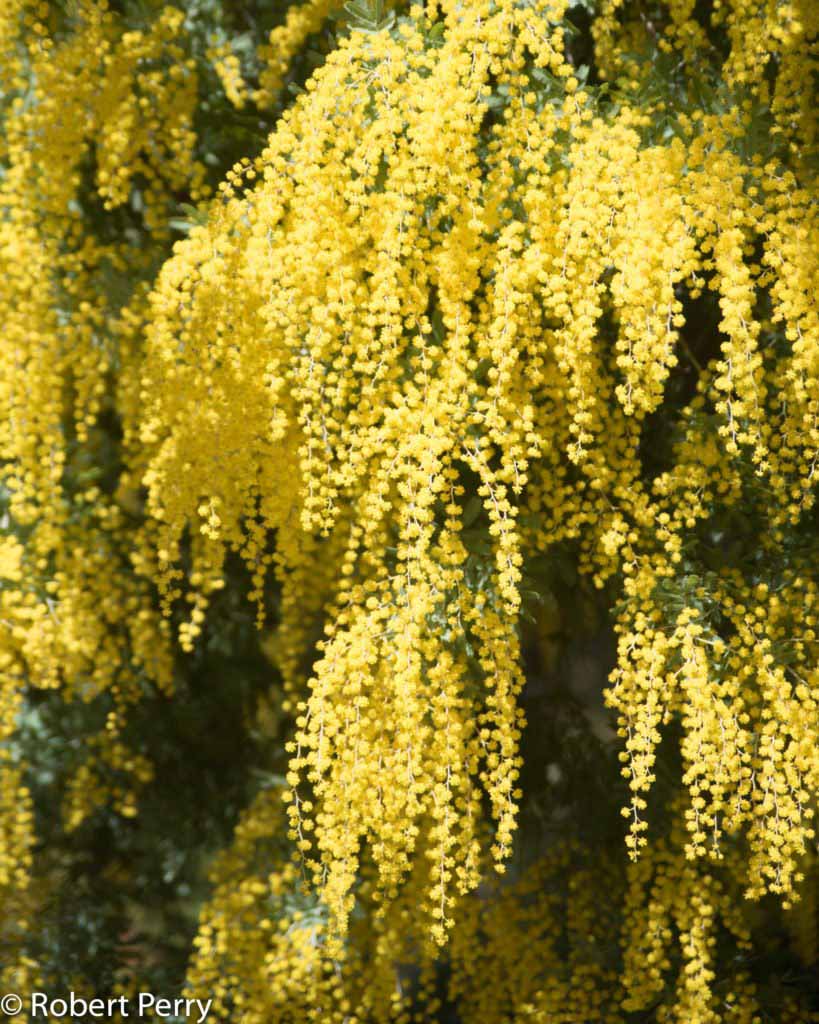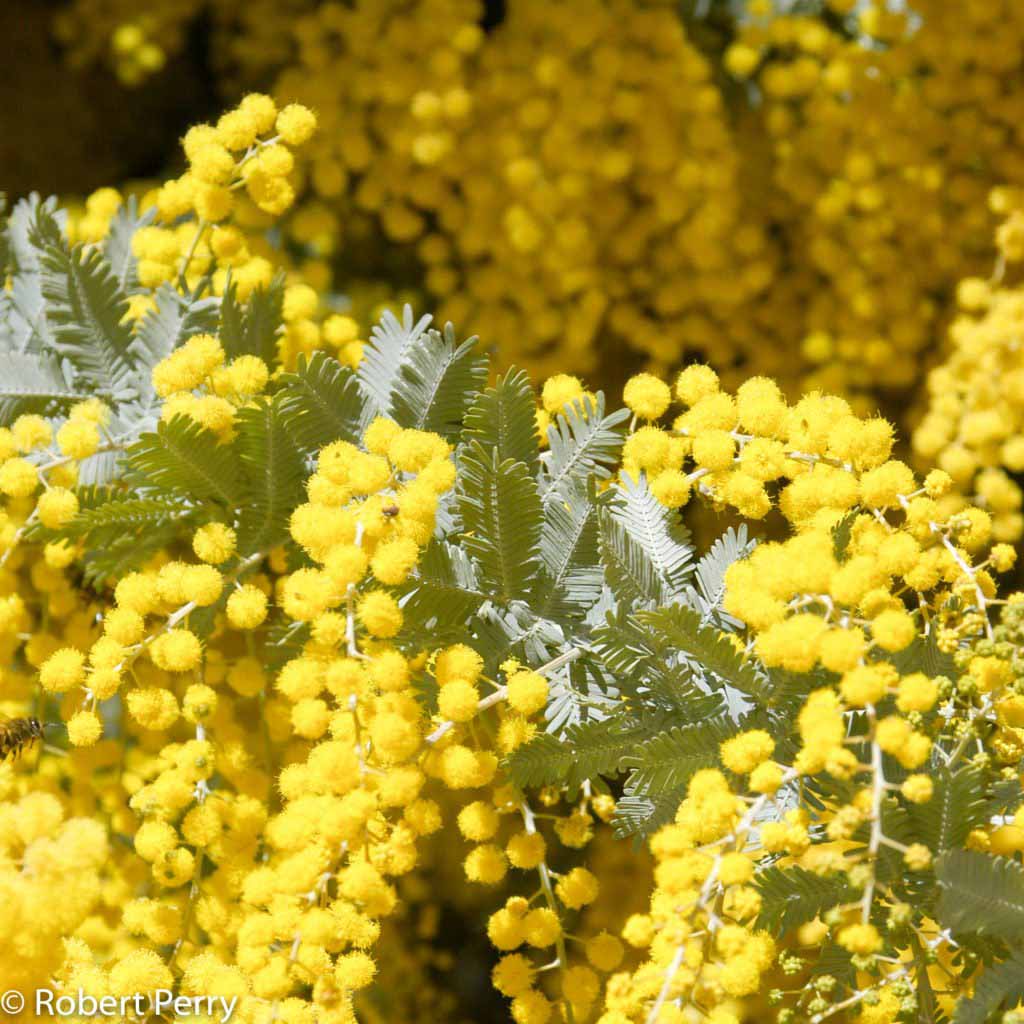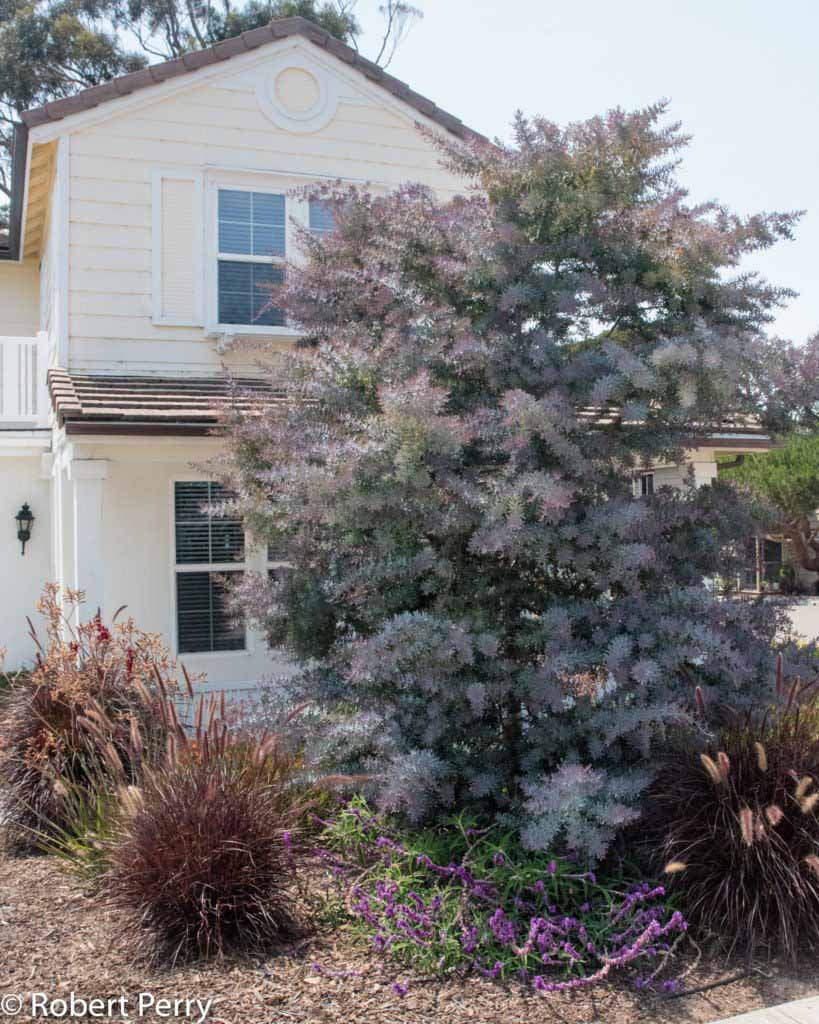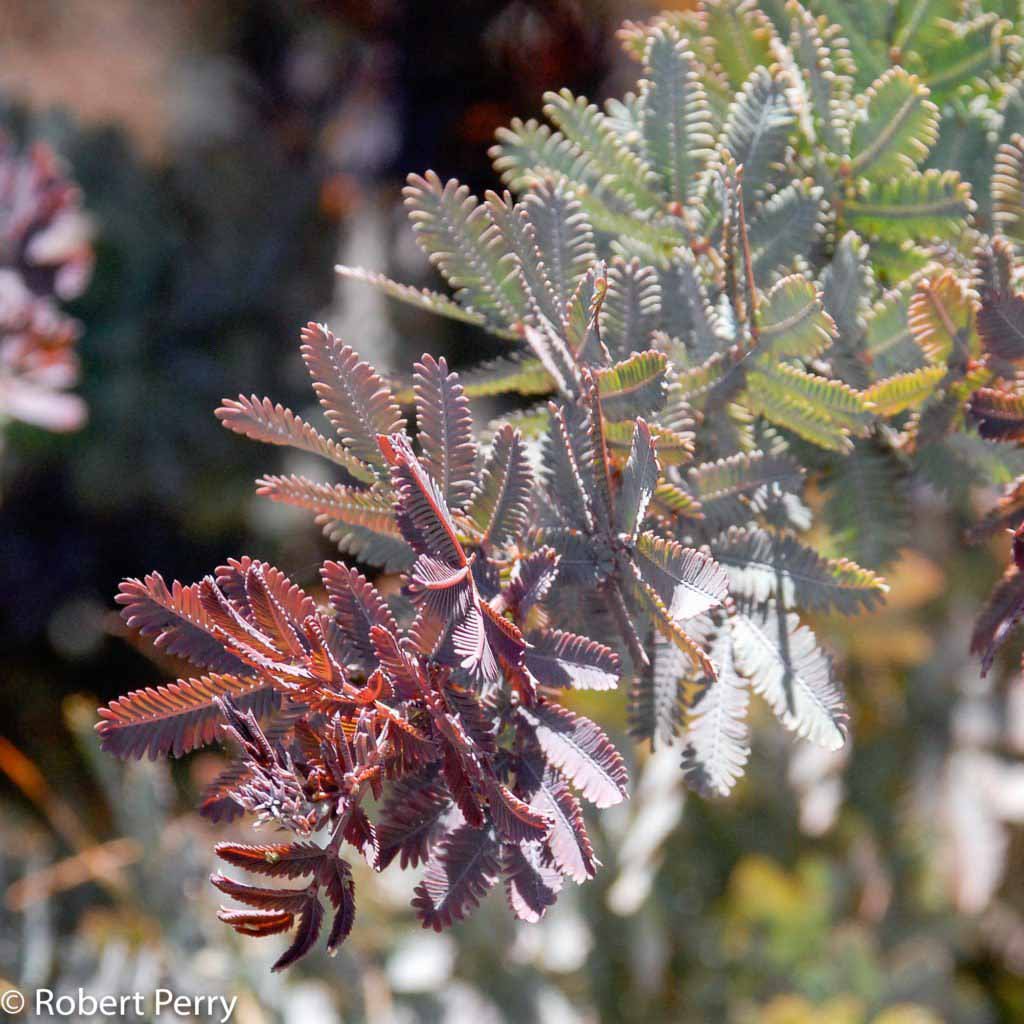Please note:
For most situations, we would not recommend installing this plant in new gardens, landscapes, or plantings in southern California.
This plant profile is included in this site as a reference for two primary reasons:
- If you already have this plant in your landscape, this information can be used to know how to care for it.
- If you already have this plant in your landscape, you can use this information to learn which of our recommended plants have the same recommended watering needs, making them potential choices for grouping together if you will be adding new plants to the existing area.
In general, instead of this plant, we recommend planting appropriate California native plants whenever possible.
In addition to their beauty, California native plants offer the most additional benefits beyond just low water use, including habitat for the birds, butterflies, and pollinators who evolved here with them. This adds value and beauty in your landscape beyond just a pretty plant, allowing the landscape to actively contribute to the environment instead of just using less water. You can find our top recommended native plant choices on our Plant Finder by selecting “California Native” and learn more about California native plants here.
Depending on the site, our top recommendations to use instead of this plant would be Desert Museum palo verde, desert willow, or Pink chitalpa.
To learn what exactly California native plants are and how they are different from other low water plants, visit this link.
For visual interest or other reasons, some people may also want to mix in other non-native low-water demanding plant choices even though they do not have the same ecological value as native plants. For that reason, we feature a number of non-native waterwise selections on this site as well. However, we see native plants as the best “go to” for most landscape or garden choices! We encourage people to consider planting at least 50% of their landscape to native plants. See our Garden Designs section or visit our Waterwise Demonstration Garden in Montclair for plenty of inspiration.
————————————————————————————————————————————————
While this species is sometimes planted as an ornamental small tree in southern California landscapes, it should never be planted near natural or wild areas of in the wildland urban interface. It has the ability to aggressively grow from seed in certain wild areas and can potentially displace native plant species. It is listed on the watch list of the California Invasive Plant Council.
Named after the small town of Cootamundra in New South Wales, Australia, this acacia grows into a small to medium size evergreen tree with a dome-shaped habit, 20-30 ft. tall and as wide. It has distinctive pinnately divided powdery-gray leaves and produces large clusters of sulphur yellow flowers in early to mid-winter.
The cultivar, Acacia baileyana ‘Purpurea’, produces fewer flowers, but has a plum color cast to the leaves at the ends of branches which is why it is used as a foliage accent plant.
